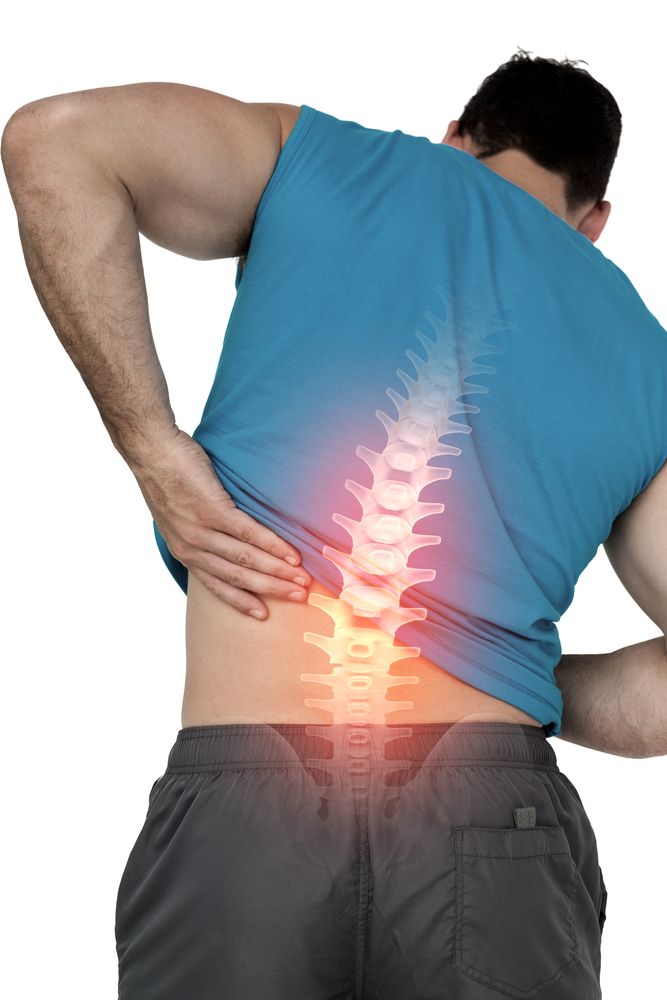Pain management is a field that consistently sees remarkable progress in the complex world of medicine. This is especially important for people who have chronic back pain, which can have a negative impact on their quality of life. In the past, invasive surgical procedures were the treatment of choice for chronic back pain.
However, the rapidly evolving field of non-invasive pain management therapies is opening up new avenues. This article will compare the effectiveness, potential complications, patient experiences, and recovery times of these two approaches. Dr. Henry Sardar, a renowned pain management doctor based in Brooklyn, NYC, is at the forefront of these advancements, utilizing both traditional and innovative non-invasive therapies to provide his patients with personalized, effective treatment plans
Back Pain’s Multifaceted Nature
Back pain is a common complaint with numerous potential causes. It can be caused by mechanical problems such as disc degeneration or herniated discs, which occur when the soft cushioning between your vertebrae wears down or ruptures. Chronic back pain can also be caused by conditions such as spinal stenosis, which narrows the space around the spinal cord, or osteoarthritis, a degenerative joint disease.

Lifestyle factors can aggravate or even cause back pain in many cases. Sedentary jobs, poor posture, and a lack of regular exercise can all contribute to weak core muscles, putting additional strain on the spine. Obesity adds extra weight and stress to the back, while smoking can deteriorate spinal health over time.
Living with chronic back pain involves more than just physical discomfort. It can impair a person’s mobility, interfere with their ability to work, and prevent them from engaging in recreational activities. Chronic pain can also impose significant emotional burdens, leading to mental health issues such as anxiety and depression. Given these implications, effective pain management strategies are not only beneficial but also critical for people who suffer from chronic back pain.
A Comparison of Invasive and Non-Invasive Back Pain Treatments
Invasive surgical procedures, such as spinal fusion or disc replacement, are frequently used in severe cases where non-surgical treatments have failed to provide relief. These surgeries are designed to address the underlying anatomical issues that are causing pain.
However, it is critical to understand that invasive surgeries, like any surgical procedure, carry inherent risks. These can include the risk of infection, the possibility of nerve damage, and anesthesia-related complications. Furthermore, the recovery period following invasive surgery can be lengthy, necessitating extensive physical therapy and temporarily disrupting the patient’s daily life.
Non-invasive therapies for back pain, on the other hand, have grown in popularity, and for good reason. These treatment options aim to relieve pain and improve functional abilities without requiring surgical intervention. Here are a couple of examples:
- Laser Therapy: This cutting-edge method employs low-level light therapy to stimulate healing, repair, and reduce inflammation.
- Shock Wave Therapy: This therapy induces microtrauma by using high-energy sound waves, which trigger the body’s natural healing responses.
- Platelet-rich plasma (PRP) Therapy: for example, uses the body’s healing mechanisms to repair damaged tissue, potentially reducing inflammation and speeding recovery.
- Regenerative Pain Medicine: Techniques like platelet-rich plasma (PRP) therapy harness the body’s healing mechanisms to repair damaged tissue, potentially reducing inflammation and accelerating recovery.
These non-invasive therapies have the potential to reduce pain and improve function while posing fewer risks than invasive surgery.
Getting Through the Decision-Making Process
Choosing between invasive surgery and non-invasive therapy is a serious decision. It is determined by a number of factors, including the patient’s age, overall health, the severity and cause of the back pain, and lifestyle needs and preferences. In some cases, invasive surgery may be the most effective treatment option. Non-invasive therapies may provide relief in some cases, particularly if used early in the treatment process and combined with lifestyle changes.
A young, otherwise healthy person with a herniated disc causing severe pain, for example, may be a candidate for invasive surgery if conservative treatments have failed. An older patient with multiple health issues and mild to moderate back pain, on the other hand, may benefit more from non-invasive therapies like physical therapy and lifestyle changes.

Back Pain Management in the Future
As our understanding of back pain evolves, so do the treatment options. The future of back pain management is likely to be more personalized, with treatment options tailored to the individual patient’s needs, preferences, and overall health status.
Stem cell therapy and gene therapy, for example, are emerging technologies and therapies that may play a role in future back pain treatments. These treatments have the potential to repair damaged tissue at the cellular level, providing a more long-term solution to chronic back pain.
Optimizing Pain Relief: A Comparison of Invasive and Non-Invasive Back Pain Therapies – Summary
In conclusion, both invasive surgeries and non-invasive therapies are essential in the treatment of back pain. While invasive procedures can effectively address severe structural problems, they are risky and time-consuming to recover from. On the other hand, non-invasive therapies provide a novel approach to pain management, providing significant relief with fewer complications. They are frequently an effective first line of defense, especially when combined with healthy lifestyle changes.
As a result, understanding these options and discussing them with your healthcare provider is critical to making an informed decision about your treatment plan as a patient. The goal is not only to relieve pain but also to improve quality of life, and the choice between invasive and non-invasive treatments is important in achieving this goal.
Remember that the road to pain relief is a marathon, not a sprint. It takes perseverance, patience, and a willingness to try new approaches until you find what works best for you. Chronic back pain can be effectively managed with the right treatment plan, allowing people to live whole, active lives.




